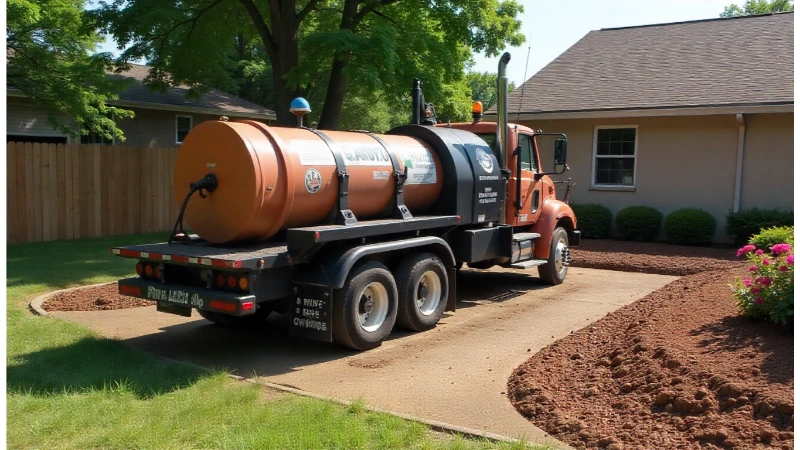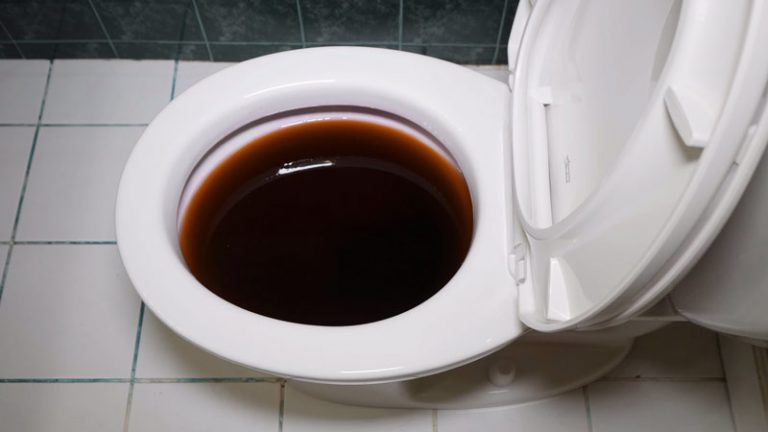Should I Buy a House with Cast Iron Pipes? A Costly Mistake to Avoid
You’ve found it. The perfect house in the ideal neighborhood. But your home inspector just delivered some unsettling news: the house has cast iron pipes. Suddenly, your dream home feels like a potential nightmare.
This is a common scenario for buyers of homes built before the mid-1970s, and it raises a critical question: should you buy a house with cast iron pipes? This isn’t a simple yes or no answer. It involves understanding the risks, the costs, and the steps you must take to protect your investment.
Ignoring the reality of aging cast iron plumbing can lead to catastrophic failures, including sewage backups, foundation damage, and repair bills that can climb into the tens of thousands of dollars.
We will guide you through the problems inherent in cast iron plumbing, how to identify them, and the solutions available to you as a potential homebuyer. Don’t let this common issue turn your homeownership dream into a financial disaster.
You'll Learn About
The Core Problem: Why Cast Iron Pipes Are a Ticking Time Bomb
For decades, cast iron was the standard for drain, waste, and vent (DWV) systems. It was known for its strength and durability. However, like all materials, it has a finite lifespan. Most cast iron pipe systems were installed in homes built before 1975, meaning many are now well beyond their expected 40- to 60-year service life. The main issue is that they corrode from the inside out, making it impossible to assess their true condition with a simple visual inspection.
Understanding the Deterioration Process
The primary enemy of cast iron is corrosion. Over time, exposure to water, waste, and sewer gases creates a chemical reaction that causes the iron to rust and flake away. This internal corrosion, often accelerated by years of household chemicals and drain cleaners, creates a rough, uneven interior surface. This roughness snags debris, grease, and waste, leading to frequent clogs and slow drains. As the corrosion worsens, the pipe walls become thinner and more brittle, eventually leading to cracks, leaks, and even complete pipe collapse.
Common Signs of Failing Cast Iron Pipes
Identifying failing cast iron pipes early can save you from major headaches and expenses. Be vigilant for these warning signs, both inside and outside the home:
- Frequent Clogs and Backups: If sinks, toilets, and showers are consistently slow to drain or backing up, it’s a strong indicator of internal blockages from rust and debris.
- Foul Odors: A persistent sewer gas smell, often described as rotten eggs, inside or outside the home suggests cracks in the sewer line are allowing gas to escape.
- Water Damage and Mold: Unexplained water stains on floors, walls, or ceilings, especially in lower levels, can be caused by slow leaks from cracked pipes hidden from view. This moisture can also lead to mold growth.
- Discolored Water: While cast iron is used for drainage, not drinking water, severe corrosion can sometimes affect the water in toilet bowls, showing a rusty or brown tint.
- Lush Patches in the Yard: A sudden, unusually green and lush patch of grass in your yard could be a sign that a leaking sewer line is fertilizing the soil.
- Foundation Issues: In severe cases, leaking sewer lines can erode the soil beneath your home’s foundation, leading to cracks, settling, or shifting. If you notice a superior wall leaking, it could be a symptom of a much larger plumbing problem.

The Solution: Your Action Plan Before You Buy
Discovering cast iron pipes doesn’t have to be an immediate deal-breaker. However, it absolutely means you need to do more due diligence. Taking the right steps before closing on the house can provide you with the information needed to negotiate repairs, adjust your offer, or walk away if the problem is too severe. This is not a step to skip.
Step 1: The Essential Sewer Scope Inspection
The single most important action you can take is to hire a licensed plumber to perform a sewer camera inspection. This is a non-negotiable step. A standard home inspection does not cover the interior condition of sewer lines.
During a camera inspection, a plumber feeds a flexible, waterproof camera down the drain lines to get a real-time view of the pipe’s interior. This inspection will reveal:
- The extent of corrosion and rust buildup (scaling).
- The presence of cracks, breaks, or holes.
- Blockages from tree roots, grease, or debris.
- “Channeling,” where the bottom of the pipe has completely rusted away.
- The overall structural integrity of the pipes.
The cost of a sewer scope inspection is a small price to pay for peace of mind and can save you from a five-figure repair bill down the line.
Step 2: Get Multiple Quotes for Repair or Replacement
If the camera inspection reveals significant damage, the next step is to get detailed quotes from several qualified plumbing contractors. Replacement is a significant expense, with costs ranging from $5,000 to over $30,000, depending on the extent of the damage and the method of repair.
Factors that influence the cost include the length of the pipe, its location (under a concrete slab is most expensive), and accessibility. Don’t be surprised if you notice a lingering smell during these inspections; sometimes it’s not the pipes, and you might wonder why is my log burner smelling, but it’s always best to have a professional diagnose the source.
| Replacement Method | Description | Average Cost Range | Pros | Cons |
|---|---|---|---|---|
| Traditional (Trenching) | Involves digging trenches through the yard and/or jackhammering the concrete slab foundation to access and replace the old pipes. | $10,000 – $30,000+ | Complete removal of old pipes. | Highly invasive, destructive to landscaping and flooring, lengthy process. |
| Trenchless Pipe Bursting | A new pipe is pulled through the old one, fracturing the old cast iron pipe outward. Requires small access holes at either end. | $8,000 – $20,000 | Less destructive than trenching, faster installation. | May not be suitable for all pipe configurations or collapsed lines. |
| Trenchless Pipe Lining (CIPP) | An epoxy-saturated liner is inserted into the old pipe and inflated, creating a new, seamless “pipe within a pipe.” | $6,000 – $15,000 | Minimally invasive, preserves landscaping and foundation, very durable. | Slightly reduces pipe diameter, may not work on collapsed pipes. |
Step 3: Negotiate with the Seller
Armed with the sewer scope report and professional quotes, you have powerful leverage for negotiation. You have a few options:
- Ask the seller to complete the repairs before closing.
- Request a credit from the seller to cover the cost of the repairs.
- Lower your offer price to account for the future expense.
A seller who is aware of the issue may be willing to negotiate rather than putting the house back on the market and having to disclose the problem to the next potential buyer.
Navigating Insurance and Long-Term Ownership
Even if the pipes are in acceptable condition now, owning a home with cast iron plumbing comes with long-term considerations, particularly regarding homeowners insurance.
The Insurance Hurdle
Insurance companies are well aware of the risks associated with aging cast iron pipes. Many are now increasing premiums, imposing higher deductibles, or even denying coverage for homes with original cast iron plumbing. A standard policy will likely not cover the cost of replacing the pipes themselves due to age and wear and tear.
They may cover the water damage resulting from a sudden pipe burst, but not the gradual leak that went unnoticed for months. Always speak directly with your insurance provider to understand their specific policies on cast iron plumbing before you buy.
Planning for the Inevitable
If you decide to buy the house and the pipes are still functional, you must start a savings plan for their eventual replacement. It is not a matter of *if* they will fail, but *when*. Regular maintenance, such as annual drain cleaning, can help prolong their life, but it will not stop the corrosion process.
Be mindful of what goes down your drains; avoid harsh chemical cleaners which can accelerate deterioration. This proactive approach applies to all your home’s piping; for instance, knowing how do you seal black gas pipes properly is crucial for safety and longevity.
In conclusion, buying a house with cast iron pipes is a calculated risk. It should not be an immediate deal-breaker, but it should be a major point of investigation. By investing in a sewer camera inspection, getting professional quotes, and understanding the insurance implications, you can make an informed decision.
This diligence protects you from unforeseen financial burdens and ensures your new house truly feels like a dream home, not a money pit.

